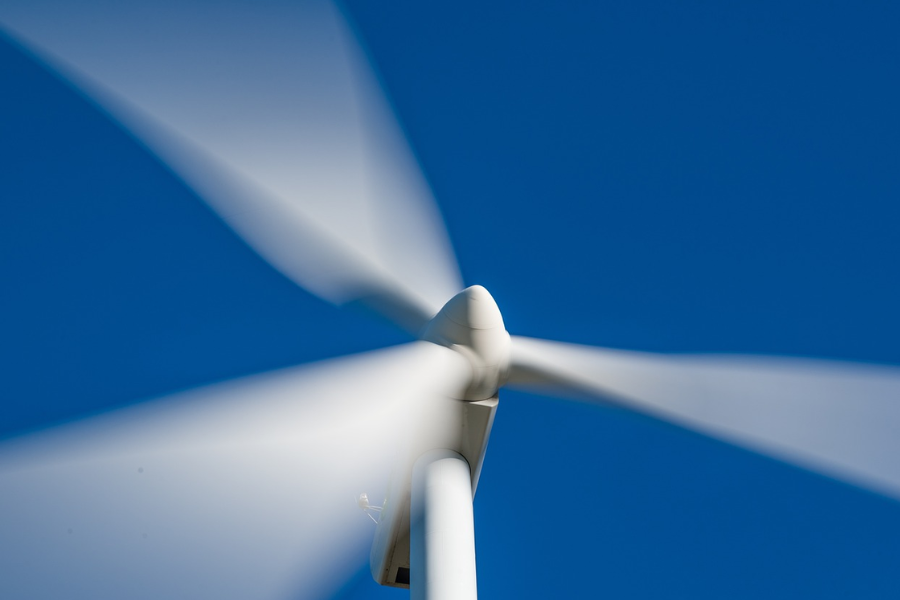IMDEA Energy study shows that wind turbines can strengthen the electricity grid and increase the penetration of renewable energies
A recent study, the result of collaboration between IMDEA Energía and the University of Alcalá de Henares, has enabled type III wind turbines (one of the wind turbine technologies currently in use) to advance in their ability to form electricity grids.
Currently, one of the main problems of renewable generators (mainly wind and solar) is that they depend on an already formed grid to connect, thus limiting their large-scale penetration. However, new generation wind turbines must be able to form the grid. Several countries, including the UK, have recently adopted grid codes that outline the requirements and tests that must be performed on any device to be considered ‘grid-forming’. Meeting the grid code with a wind turbine is a challenge, as it requires detailed tuning of all its controls.
In this context, the innovative work in which IMDEA Energía’s Power Systems Unit has participated, demonstrates that, with an appropriate selection of control parameters, a wind turbine has a great capacity to help form the electrical grid, thus verifying that it is possible to comply with the UK grid code with a type III wind turbine.
Based on the results, a design guide has been produced for the controls that regulate the injection of power into the grid when the grid needs support and it has been verified that the current can be limited in the event of grid failures. It has also been verified that the wind turbine operates correctly when connected to a grid consisting of multiple generators.
This study opens the door for wind turbines to help shape the electricity grid in the future and thus increase the penetration of renewable energies by having them not only connect to the grid, but also contribute to its formation and ensure stability.



